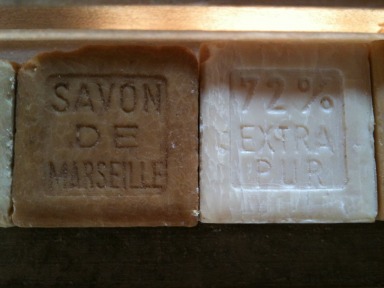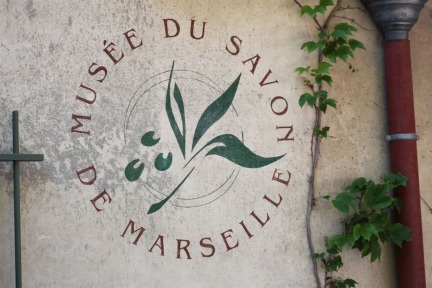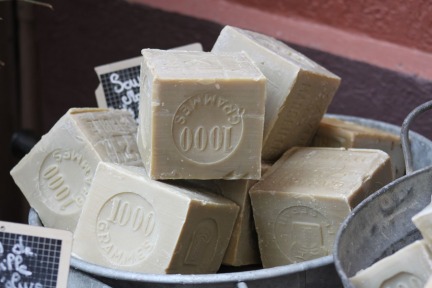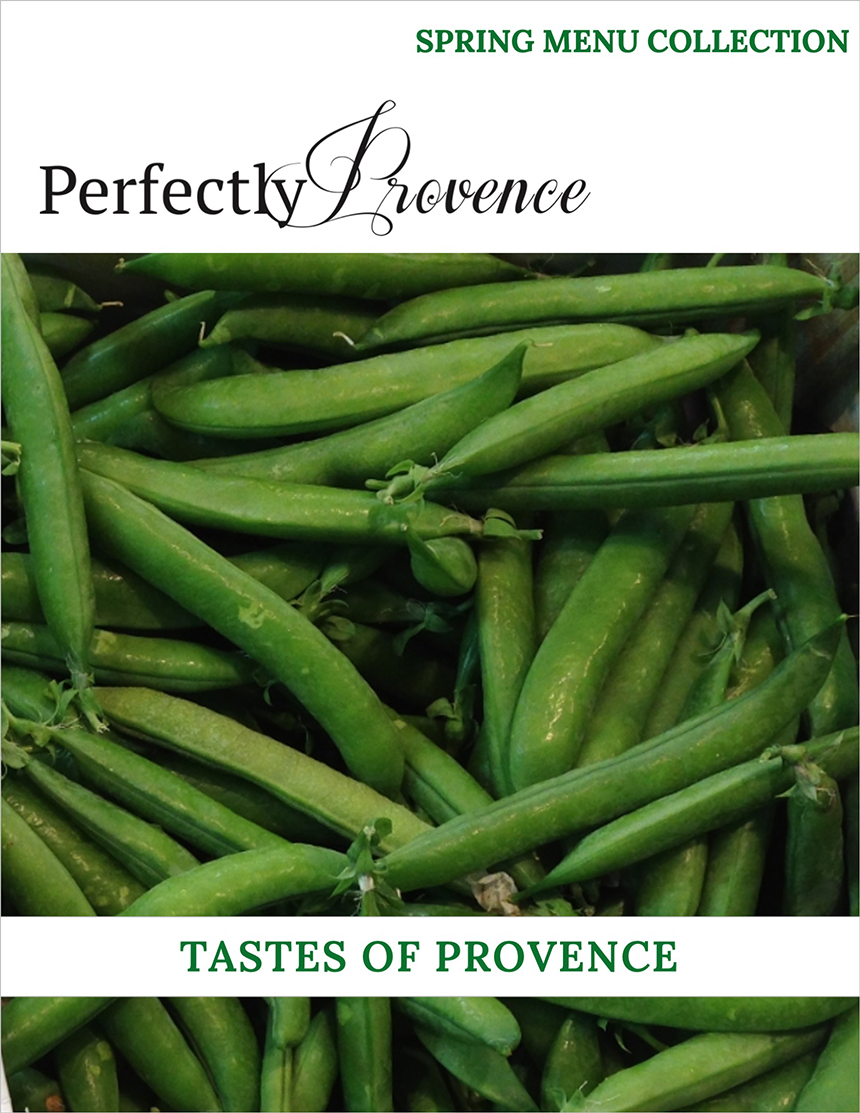A mixture of seawater, alkaline solution and fat
Documented use as far back as 2800 BC in Ancient Babylon
A carved “recipe” found on a stone slab from 2200 BC
The Egyptians, Greeks and Romans all used it
Cooked for 8 days in a cauldron, dried for 2 days in a mould
Latin word Sapo

A soap makers’ guild was established by the 6th century in Naples. Organized soap production was in place in Italy and Spain by the 8th century. The French followed in the 9th century. The first recorded soap maker in Marseille dates from 1370. By the middle of the 15th century, industrialized French soap manufacturing was concentrated in the Provencal towns of Marseille, Toulon and Hyères. All three centres were within proximity of the raw materials; olive oil, salt and salicorne ashes from the Camargue. Marseille began to “muscle” out the competition and increased production capacity over other centres by 1525. In 1688, the Edit of Colbert, under King Louis XIV regulated the use of the name Savon de Marseille, to the immediate geographic area surrounding Marseille and dictated the use of only olive oil over animal fats. In 1924, there were 132 soap manufacturers in Marseille, Toulon and Salon making the real Savon de Marseille. Today there are three: Marius Fabre, le Fer à Cheval et le Sérail.
Nutmeg dropped Ginger at the airport for his transatlantic flight, and she headed to Salon-de-Provence to visit the Marius Fabre “Musee du Savon”. The Marius Fabre Company has been in existence since 1900. Their location in Salon has a boutique, small museum, plant and decent parking. Visitors can participate in factory tours on Mondays and Thursdays.

Today, the world is at the other extreme from the crude soaps of antiquity that were made of oil, water and ash. Now, there is a seemingly endless variety in detergents and soaps. However, a heightened awareness of the environmental impacts from the harmful chemicals in detergents, is stimulating a resurgence of interest in more traditional soaps for cleaning and laundry. Marius Fabre’s production methodology is much the same today, as it was in 1900. They still fabricate soap using a hot method and the ingredients are natural, without chemical additives.
The hot process is quite straightforward:
- Pasting: the oils (olive, vegetable or other) are mixed with the alkali and then the sea salt. This combination is boiled in large cauldrons. This allows the alkali to turn the oil into a paste, and the sea salt to purify.
- Cooking & Washing: the blend is boiled at 100 degrees Celsius and the alkali is removed. Water is introduced and due to a differential in densities (water is heavier), it flushes out the impurities. After about 3-4 days the soap maker actually tastes the mix to see if it is sweet, to determine if the impurities have been removed. Clearly an acquired taste!
- Resting: the heat for the cauldron is turned off, the tank is covered with wood, to keep the mixture warm and it is left to stand for 3 days.
- Moulds: The moulds are prepared during the resting phase. The hot lava-like mixture is filtered one last time as it flows from the cauldron to the mould. The viscous substance is levelled, as one would do for a giant cake, and allowed to dry and harden for 2 days.
- Cutting: At first large blocks are cut, each weighing close to 40 Kilograms. Then using a cutting machine table the smaller, more traditional blocks are cut. These blocks are placed on drying racks and allowed to thoroughly dry for two weeks.
- Stamping: The blocks of soap are stamped on all 6 sides with a “tampon” bearing the name of the company, packaged and sold.
Pure, natural, and biodegradable soap.
Buyer Beware! Neither the name Savon de Marseille nor the processes are tightly controlled. So there are plenty of imitation products sold worldwide.

Food Travel Tags:
History of Marseille, Provence Travel, savon de Marseille, Traditional soap making in Provence, Travel in France











